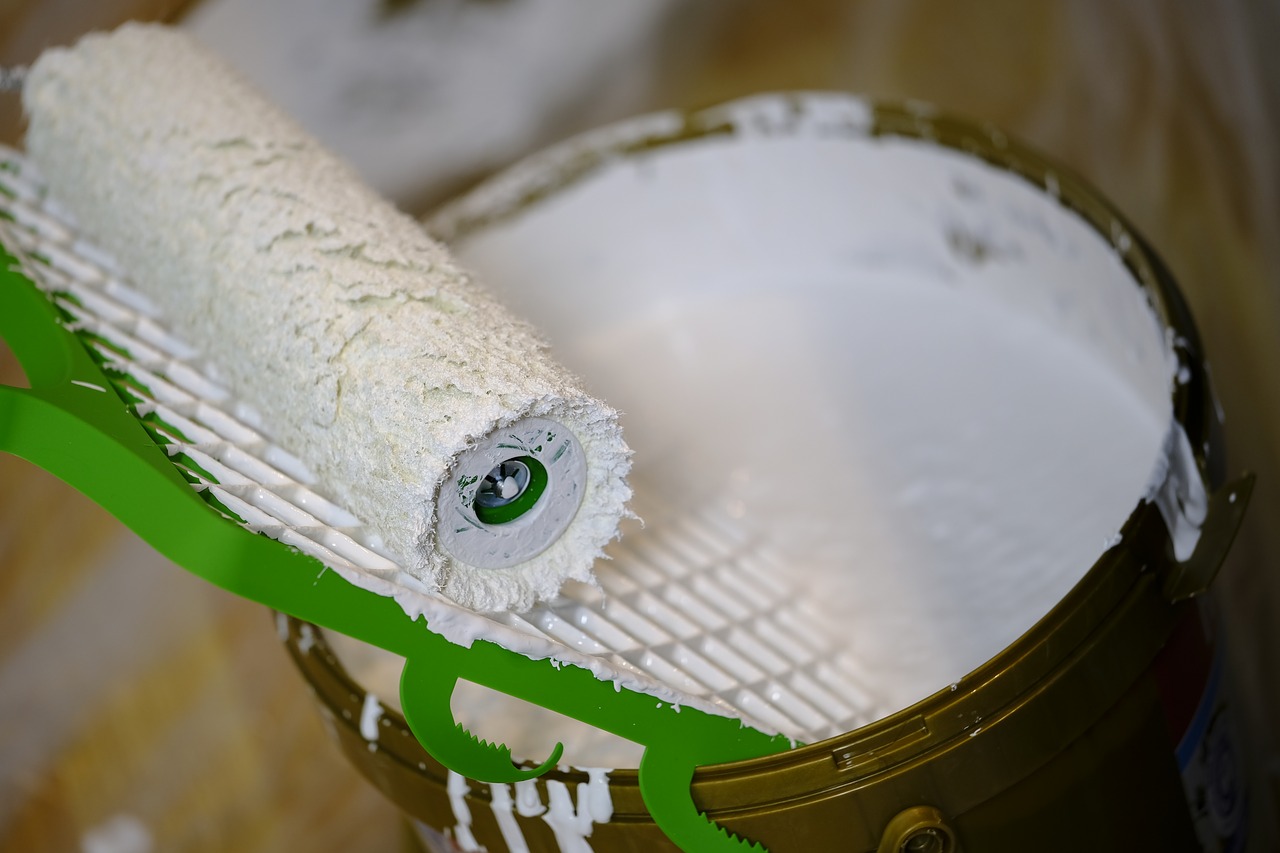How to Paint a Room | Properly Painting an Interior Wall at Home
When deciding on painting a room in an interior of a home, whether it is a kitchen, living room, stairs or even just garage area, knowing all steps required in best completing this job is important for acquiring professional results in any home, do-it-yourself project. It can be easy, while also an inexpensive way for giving a different look to an interior of a home quickly.s
Another important aspect of painting a room is making sure you have a plan in place beforgehand. Consider what portions of this room that need painting. Does its ceiling need painted also? Are you only changing wall color? Will trim need repainted as well? Decide on whether you are painting a plain color, or something more unusual like a mural, stripes, a stencil or an ombre effect. Having a plan before starting will save you much time as well as money looking ahead.
Choose Color and Sheen
For many people, choosing paint color can be a more difficult part of painting a room. Going to a store for assistance with choosing paint samples beforehand can help with difficult decision-making processes. Looking at how a certain shade or hue looks on an interior wall in a room to be painted is key in loving a project after it is done. The lighting, whether it be natural sunlight or artificial lighting can drastically change an appearance of paint color. Even white colors can change their appearance to pink or beige tones depending on lighting.
Also deciding on sheen of paint beforehand, whether you choose flat, eggshell, satin or semi-gloss, can help save time in a paint store. While flat paint is typically less expensive, it also is not as durable as more glossy options. Consider use of a room you are painting in a home interior and how often walls will need to be cleaned for maintaining a new-like appearance.
Prepping a Room
This is considered a common overlooked step of painting a room, but is a very important time-saving tip. Remove all furniture, if possible, before starting. If it is not possible to remove everything, at least move furniture to a corner or another area, then cover using a sheet or drop cloth. While it is possible to work without removing furniture, it is not worth shuffling a ladder around while struggling around larger pieces, risking a paint spill unnecessarily.
Next, remove all wall hangings, outlet covers, curtains and hardware from this room. Loosen all light fixtures then protect with a plastic bag or cover. Protect carpet or flooring using a sheet or drop cloth in case of spills or splatters. Prepare wall surfaces by concealing any chips or cracks using spackle for small imperfections or drywall compound for larger flaws.
Now, it is time to tape areas you do not want covered by paint. Tape walls if you are painting the ceiling first. Protect trim using tape if you are not painting it to match wall color. Remember, correct order of painting is ceiling first, then walls, finishing with trim. Make sure paint is completely dry before applying tape on any surface.
How to Trim Edges
Begin by trimming all edges of area you are painting. Never jab into corners using a brush, instead use a technique called “cutting in.” Dip a brush one-third of bristle length into paint. Gently shake brush into paint container, making sure its completely inside container, then starting at an edge, pull towards center of painting area using your brush. Do this at least three times, then apply a stroke perpendicular. This will smooth out any excess paint. It will also avoid any runs or drips. If you are right handed, you will want to start in the left-hand corner of room, but if left handed, you will want to start in right-hand corner.
Another method of trimming is called “beading.” This is where you dip a brush then pull it alongside taped areas, staying 1/16 of an inch from taped area. Extra paint should seep just enough in reaching untouched area.
Applying Paint
Now it is time to start working with a painting roller. Pour your paint, about halfway filling painting tray being used. Dampen your roller with water slightly in order to help with absorption of paint. Dip your roller slightly in paint cautiously, not submerging the roller entirely. That would cause undue runs or drips which means more mess that you do not need.
Work first high then low in four foot by four foot sections, maintaining a wet edge. Using a “W” pattern, an “N” pattern or an “M” pattern to start with, then filling in with remainder of liquid on your roller. Painting in this way ensures a uniform look to your wall. Thoroughly complete applying the first coat in this room of your home before looking at whether it needs two coats.
Using a Sprayer
Some people may choose spraying a latex color, by using an airless sprayer which lessens time it takes for application. While application time is quicker, prep time does increase significantly as all surfaces need protection from over spray, including windows, doors in addition to other items in this room.
Also, time spent on prepping a sprayer as well as clean up after using a sprayer are excessively long when only painting one room. If you do use an airless sprayer, make sure you open a window for ventilation in this room because of excessive vapors or smell from fumes being airborne throughout your home.
Tips on Painting Interior Rooms of Your Home
In the following video, you can learn more helpful hints on how you should figure up amounts of materials you will need by dimensions of a room and how to mix multiple buckets of same color together in order that you ensure uniformity of shade. There are also taping tips, information on multiple types of tape to use along with best methods for cleaning up your supplies.
You are currently viewing a placeholder content from Youtube. To access the actual content, click the button below. Please note that doing so will share data with third-party providers.


